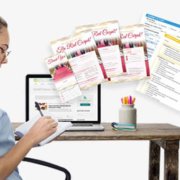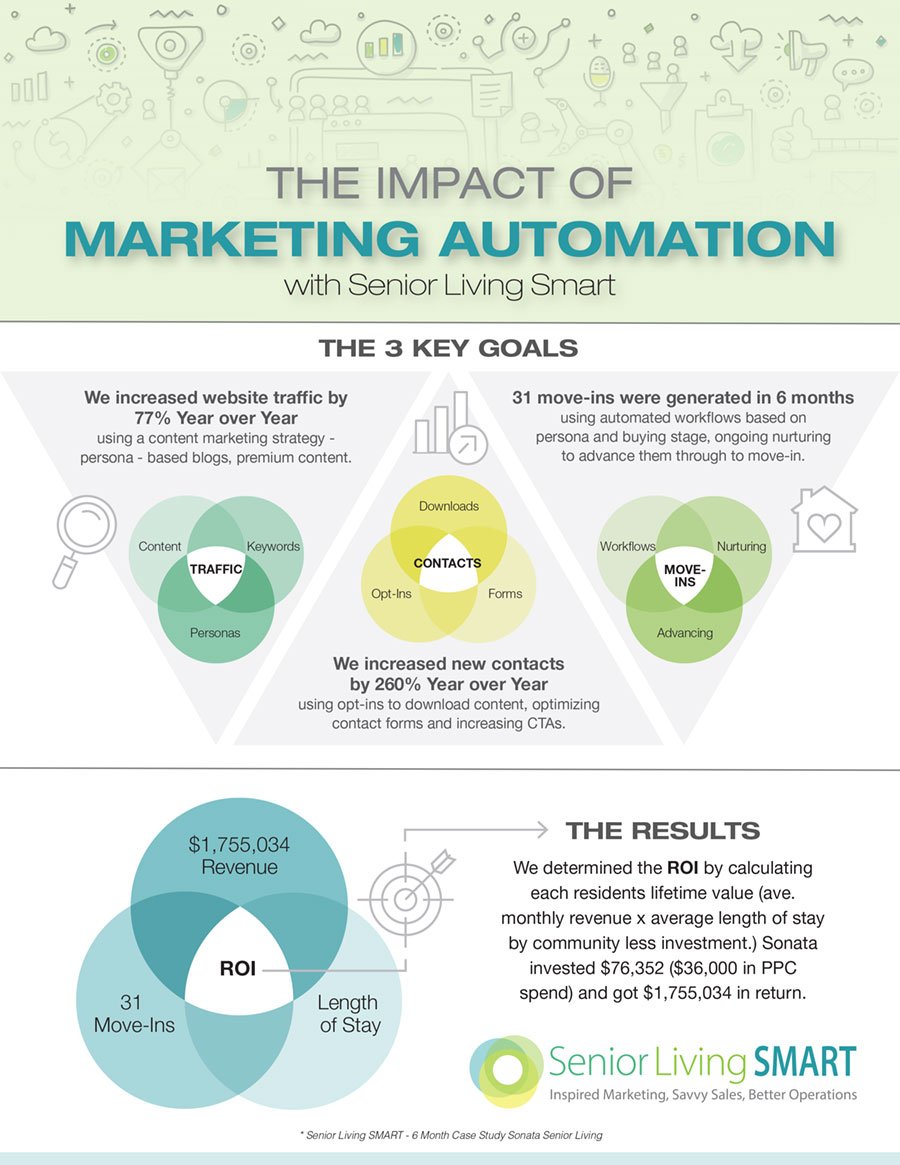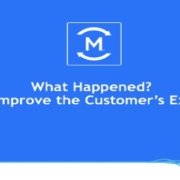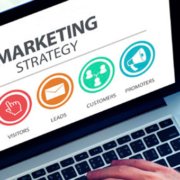Competitor Analysis: How Senior Living Communities Need to Evaluate Online Competition
You’ve likely set goals and key performance indicators (KPI) for your digital marketing strategy. Hopefully, you’re reviewing the data and adjusting your strategy based on the results against your goals. But to truly analyze your digital marketing success, you have to compare it to the results from your market. In other words, you need to conduct competitor analysis. This involves monitoring and measuring your competitors’ digital marketing efforts as well.
Want to be a better online sleuth? Focus on these top four areas and follow our tips.
Content
Look at what types of content perform best. Which blogs have the most reads or the greatest number of likes and shares? What sort of content offers does the competition promote? What about videos? Infographics? You get the idea.
Pro tip: And speaking of ideas, keep track of content topics that your organization hasn’t been capitalizing on—yet. We’re not suggesting that you plagiarize, but we guarantee looking at your competitors’ content will get your own creative juices going.
Website Traffic
It’s easy to fall down the rabbit hole when looking at competitors’ websites and related analytics. Focus on these metrics for a solid overview of a site’s performance:
- Overall traffic by month
- Unique traffic
- Main sources of traffic
- Who is visiting
- Time on site
Pro tip: HubSpot has an excellent (and free) online website grader that can provide this top-level intel. If you want to go deeper, SimilarWeb has free and paid subscriptions.
Search Engine Optimization (SEO)
Search engine optimization has changed dramatically in the last two decades. One of the foundational elements is keywords (although the way we approach keywords has also evolved over the years).
- What keywords are they bidding for?
- What keywords are they ranked for?
- Do they have any quality backlinks?
Pro tip: SpyFu is a great tool for SEO competitor analysis. WordStream takes a deep dive into eight tools (including SpyFu).
Social Media and Ads
When it comes to social media, look beyond “vanity metrics,” such as the number of followers, since those are rarely accurate. Instead, focus on engagement, such as the number of shares and comments. This will give you a better idea about what content is resonating with people.
Pro tip: Social Media Examiner offers a great list of four free tools to help you analyze and compare.
See how you compare with your competition!
Want someone else to do the heavy lifting for you? That’s what we do! Click HERE to schedule a free consultation!





 1. You never get a second chance to make a first impression.
1. You never get a second chance to make a first impression.







